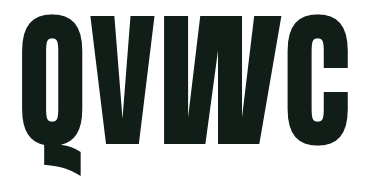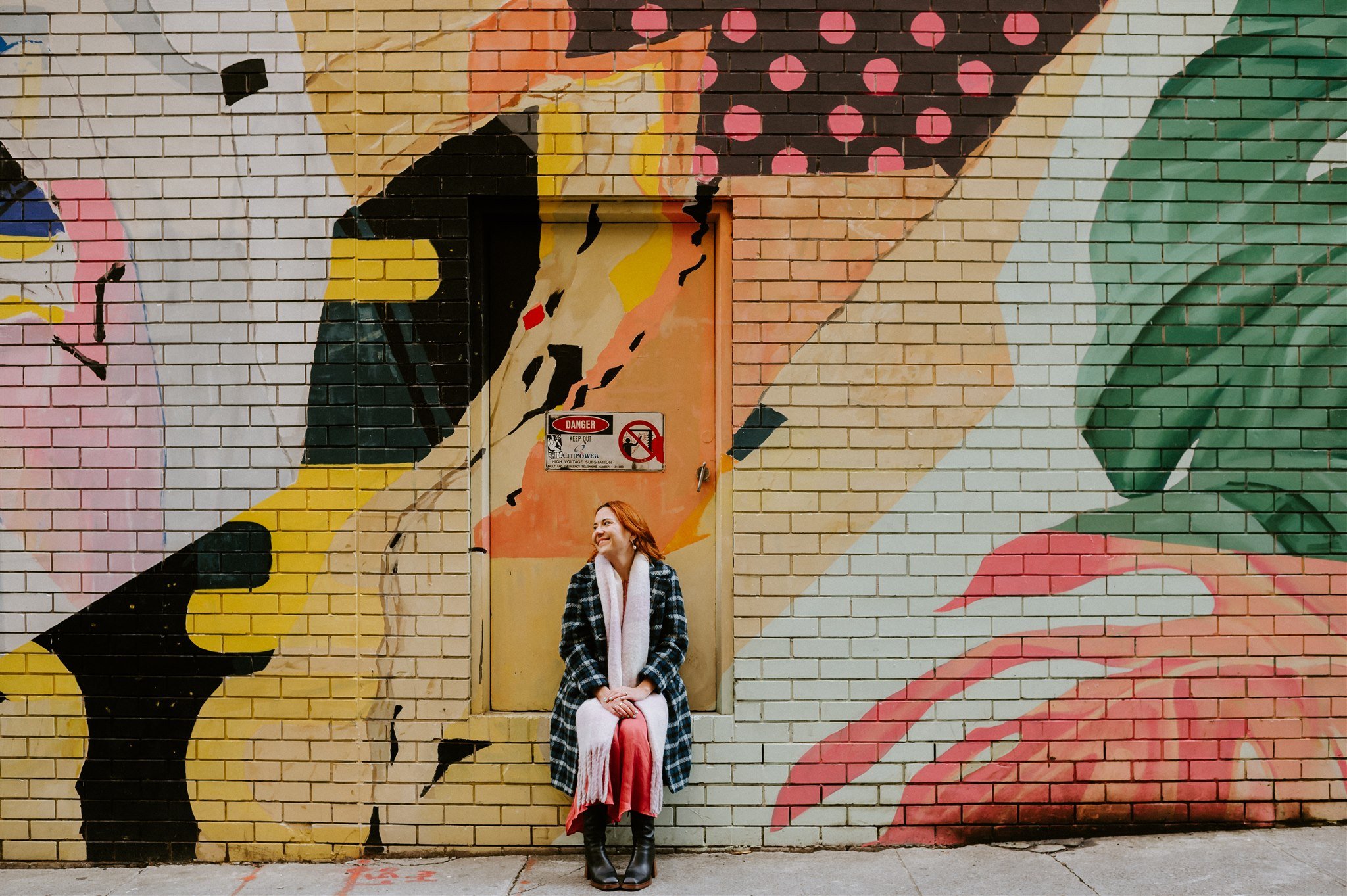Zoë Condliffe is a data activist, gender advocate and founder of She’s A Crowd
CN: abuse, disclosure
Ashe Davenport: You’ve been a social justice activist from a really young age. What sort of upbringing did you have?
Zoë Condliffe: My parents are both advocates for social justice. Growing up, my dad was working for the UN, which took us to live in Cambodia in the early 90s. That experience gave me a real perspective, from a young age, on my privilege. After that I lived in Brisbane and then Melbourne. I studied sociology, geography and art. At 20 I completed a nine month program at the School for Social Entrepreneurs, which isn’t around anymore, unfortunately. I learned so much there. I started my first social enterprise shortly after graduating, which involved me moving back to Cambodia.
I ran a program that aimed to help regenerate the Cambodian Arts in the wake of genocide. Prior to the war, Cambodia was the epicentre of the Southeast Asian art world. The program helped to create employment for displaced people and provided a space for local artists to regenerate their culture. During my time there I was in a relationship that became abusive. I moved back to Australia as a way to end things with that person.
I’m sorry you went through that.
Thank you. Yeah. I started to process what happened and my feminism became a bit more embodied. I pieced together all these incidences that previously I’d just accepted as part of life, or put down to bad luck. I realised they were gendered, and happening at a time when there wasn’t much conversation around emotional or psychological abuse. I didn’t know about the early warning signs of abuse; narcissism, gaslighting, things like that. I started sharing my story and other people came forward and shared theirs with me. That’s when I started to understand the importance of storytelling in healing from experiences of sexual assault and gender-based violence. I think there's a lot of shame in those experiences. And when you can hear each other's stories it helps to relieve the shame associated with it.
Do you find people share their story instead of seeking justice through the court system?
What I've noticed is that a lot of survivors don't want to engage with the criminal justice system or report to the police. They might feel like that's not the path for them. They might not trust the police. They might not want to go through a process that only has a couple of percent chance of conviction. They often have experiences where they disclosed to close friends or family members and had their story invalidated. A lot of the aftermath of assault can be retraumatising. That said, I’ve heard from survivors who, after sharing their story with us, ended up telling their partner or reporting it to the police, which has led to some of them getting a conviction.
She’s A Crowd provides an avenue for people who have experienced abuse, want to share their story in a private setting and still feel like it matters. They can see all the other stories on a map and see that they're not alone. Plus they know their data is being used to adjust the issue in a broader and more systemic way.
When someone shares their story with She’s a Crowd, how is the data used?
So their story goes into our database, which is completely anonymous. We have over 100,000 reports. We’re the biggest geospatial database of sexual assault and gender-based violence in the world. Our team manually goes through each story and de-identifies it, making sure that there’s no way the sharer can be recognised. Afterwards we send that story through to a dashboard, which can be accessed by our customers, who range from people in government to rideshare companies, transport companies and universities. They can see it all on a map. They can filter the information and see all the different aspects. They download reports, which they might use to support changes in policies and to advocate for more funding towards prevention. It helps them understand where services should be deployed; in city station design, a whole range of different applications.
A study by the U.N in 2018 found home is the most dangerous place for women. Can data help with gender-based violence happening in private as well as public spaces?
We capture all experiences of gender-based violence, street harassment and sexual assault. One of the questions we ask is whether or not the perpetrator was known to you, which helps us understand a lot about these kinds of incidents. Though we do have a geospatial element, you can choose to share your story with no location. Any stories that are located in private homes will not show up on the map, but we still collect the data. We get a lot of stories from people who say they have been mistreated by their partners, which can be difficult to define in an abuse setting. We try not to label on people’s behalf. It’s up to the person to share what happened to them in their own words. So often someone starts their story with, ‘I don't know if I would say I'm a domestic violence survivor, but… ’
I think there are some bigger, more meaningful conversations around the nuances of abuse happening. Have you noticed a wider understanding of gender-based violence?
The last five years have been huge for that. In terms of hashtag activism, the legacy that #MeToo left was unprecedented. I'm doing my PhD in digital feminist activism using #MeToo as a case study. I’m looking at the impact on people who shared their story under #MeToo; how it impacted their life, community, feminism, identity.
There was a really interesting moment three or four months after the first tweet went viral, where the Aziz Ansari case came out. It split the #MeToo movement into two camps: one that deciphered the situation as a bad date, one that called it a form of coercive control. Only back then we didn’t have terms like ‘cohesive control’ so readily available. Yes, the story was bad journalism, but it sounded like this girl had a coercive experience. Was it sexual assault? I'm not sure. But it opened up a really important conversation about affirmative consent.
Yeah most people know what affirmative consent is now. Surely that’s progress.
Over the next five or so years we’re going to see affirmative consent laws across every state. They’ve recently been put in place in NSW. Now consent has to be expressed either verbally or through body language in a very overt way in order for it to count as consensual sex. We’ve seen Queensland laws change around coercive control, and people have a better understanding of what that looks like in relationships. We know it’s a form of domestic violence. Five years ago, we weren't having these conversations. On TikTok there are hundreds of thousands of videos on narcissism and narcissistic abuse. People use words like gaslighting and triangulation, and these really specific psychological terms for narcissistic abuse and emotional abuse and coercive control that just weren’t part of the vernacular.
What surprised you the most from starting She’s A Crowd?
The thing that continually blows me away is the power of storytelling. I believed in it before, enough to build a company around it, but still I underestimated the sheer impact sharing your story can have. A woman told me recently that after sharing her story with She's a Crowd, her recurring nightmares about her sexual assault stopped. Every day, we hear from people who have spoken out for the first time and felt a weight lifted off their shoulders. I hoped it would have this kind of impact, but it totally exceeded my expectations.
Our phones have opened up new ways for abusers to stalk and harass. How does tech abuse factor into apps promoting safety?
Technology’s always influenced our way of living, but the biggest change to date has been Web 2.0. I can’t see how fourth wave feminism would have happened without the internet. We're embedded with technology now, so of course abuse happens with the assistance of technology. It's not the reason for it, but it’s a channel. Tech abuse is real. I’ve done a lot of research into safety apps and have found that 79% are basically tracking apps, which monitor the user’s location and connect them to a security agency or someone in their contacts. I call them ‘digital rape whistles.’ And what has been found is that abusers are using these apps to control and track their partners. They don’t empower survivors, they just give us one more thing we're supposed to do, like holding our keys in our hands when we’re walking around at night, not wearing a short skirt, having our safety apps switched on. It’s another way to blame survivors if something does happen.
What do you think is the biggest myth about gender-based violence?
That physical assault is the first thing that happens in a domestic violence setting. 90% of the time, physical assault is preceded by financial abuse, emotional abuse or coercive control, or all of the above.
When I was in my own abusive relationship I remember thinking, I wish he would just hit me so I don’t feel like I'm going crazy, so I can convince myself the abuse is really happening. A part of me wanted him to cross that line because then I’d have evidence. My abuser used to look me in the eye and say, ‘I would never, ever hit you.’ But he would do other physically abusive things that people couldn't see.
I think we need to break down the myth that you need to have a bruise on your face before you can take action against abuse.
How are you going now? Are you okay?
Honestly I’m pretty good. I’ve done so much work to process all that stuff. I wouldn’t work in this space if I was still in the early stages of my recovery. The same goes for my team. Though I do think She’s A Crowd has helped me heal. We have an incredible social worker on our team named Chi-uh, who we do regular check-ins with. We do extensive burnout and vicarious trauma training. I have a lot of tools under my belt for how to separate things. I can’t go to work every day and feel the emotion in every survivor’s story. I wouldn’t cope. I treat it like my 9-5 job. There’s work I have to do and I need to maintain my energy to do it. If I’ve structured the business correctly and I have the right business model and theory of change, if I do the work, then we’ll get to the impact.
Interview by Ashe Davenport, Photographs by Breeana Dunbar




